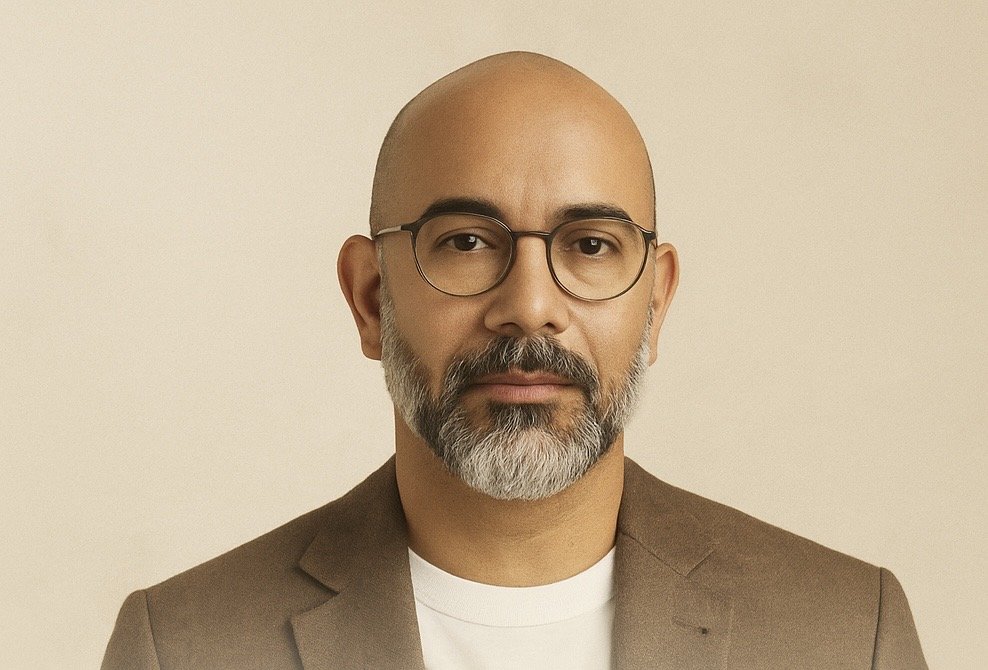Signs of Fascism in Contemporary U.S. Politics
- Dr. Wil Rodriguez

- Jun 16
- 3 min read
By Dr. Wil Rodríguez

Why This Conversation Matters
The word fascism may seem like a relic—something defeated in history books and sealed in black-and-white photographs. But fascism is not confined to one era or nation. It is a pattern of power, and power has a memory. Today, across democratic societies, we see echoes of that pattern return—not with swastikas, but with slogans; not in stormtroopers, but in suits.
In the U.S., we are living through a profound test of democratic resilience. This article doesn’t claim we live in a fascist state—but it does argue that the signs are here. Naming those signs isn’t hysteria—it’s responsibility.
1. The Language of Dehumanization
Fascist regimes always begin with a linguistic assault on empathy. In Nazi Germany, Jews were labeled rats and parasites. In Rwanda, Tutsis were called cockroaches. The purpose? To make it easier to justify harm.
In recent American political discourse, immigrants have been described as invaders, animals, poison, and vermin. Protesters as terrorists. Journalists as the enemy of the people. This language isn’t metaphorical—it’s strategic. It defines the boundaries of who belongs and who deserves protection.
Words shape policy. Dehumanization is the rhetorical prelude to exclusion, incarceration, or worse.
“When we call human beings vermin, we begin to treat them like waste.”
2. Cult of Personality Over Institutions
Fascism replaces law with loyalty. The charismatic leader becomes the state: unquestioned, infallible, almost divine. Under this logic, institutions are seen as threats to “true freedom.”
The United States has seen:
Leaders who claim “I alone can fix it.”
Refusals to accept electoral outcomes.
Attacks on judges, journalists, scientists, and career officials.
Loyalty oaths replacing public service.
In fascist ideology, personal devotion trumps civic duty. Dissent is betrayal. And the people are trained to believe that the leader’s instincts matter more than the Constitution.
“When loyalty to the leader replaces loyalty to the law, democracy is no longer protected—it is personalized.”
3. Militarized Symbols and Spectacle
Fascist regimes thrive on spectacle: parades, uniforms, salutes, and public rituals of strength. These aren’t just ceremonies—they’re tools of psychological dominance.
In the U.S., recent political movements have revived:
Military flyovers during national holidays.
Police forces equipped like armies.
Protest suppression using tear gas and armored vehicles.
Calls for “law and order” accompanied by shows of force.
Symbols matter. When tanks roll through streets to project presidential power, when flags become weapons in political conflict, democracy is no longer just debated—it’s performed as dominance.
4. Erosion of Democratic Norms
Fascism doesn’t always begin with dictatorship. It starts with the gradual weakening of democratic institutions. Bit by bit, checks and balances erode until the system cannot hold.
In the U.S., we’ve seen:
Efforts to restrict voting access.
Delegitimizing entire elections before or after votes.
Politicization of the Department of Justice.
Attacks on whistleblowers and inspectors general.
These are not accidental. They’re signs of an authoritarian impulse: If democracy doesn’t serve me, I’ll dismantle it.
5. Historical Revisionism and Cultural Control
Fascist states rewrite history to suit their myth. They remove the uncomfortable. They elevate the glorious. And they punish truth-tellers.
In recent years, cultural battles in the U.S. have escalated:
Executive orders to promote “patriotic education.”
Threats to defund historical institutions like the Smithsonian.
Attacks on critical race theory, LGBTQ+ history, and intersectional teaching.
Controlling the narrative of the past is a way to control the future.
“Fascism erases the memory of freedom so that obedience feels natural.”
6. Enemies from Within
For fascism to thrive, it needs enemies—not just external ones, but internal. Fascist leaders divide the population between “real patriots” and “traitors.”
In the U.S., we’ve heard accusations of:
“Radical leftists” embedded in government
“Deep state” actors sabotaging national will
Universities as sites of “indoctrination”
Media as “the true opposition party”
This creates a climate of fear, where citizens turn against each other, and critique is seen not as democracy, but as treason.
Reflection: Is This Fascism?
We must be precise: this is not Nazi Germany. But neither is it nothing.
Many scholars call this authoritarian populism or proto-fascism—a stage where democratic norms are weakened, language is weaponized, and power begins to centralize. It is not fascism in its final form, but it may be the road toward it.
And history shows: when we wait for the final form, it’s already too late.
Call to Consciousness
Fascism grows in silence. In forgetting. In the moments when artists stop writing, educators stop teaching, and citizens stop resisting.
This is a call not to panic, but to pay attention.
To speak clearly. To remember freely. To act with vision.
Because democracy isn’t just a system—it’s a story we agree to tell together.
Let’s make sure it doesn’t end in silence.
📍 Visit more articles by Dr. Wil Rodríguez at








Comments